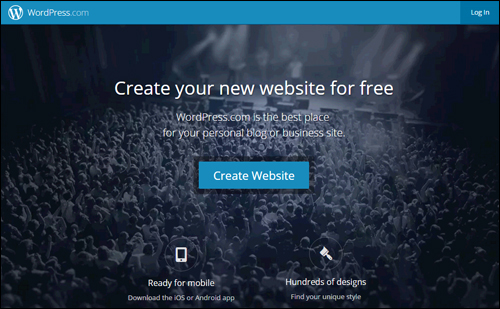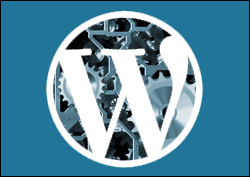
Welcome to Part 3 of our Web Site Traffic Blueprint article series, where we show you how to drive new traffic automatically to your site using WordPress.
In Part 1 of this article series, we described the process, and explained why using an expertly configured WordPress site is the key to automating traffic to your site …
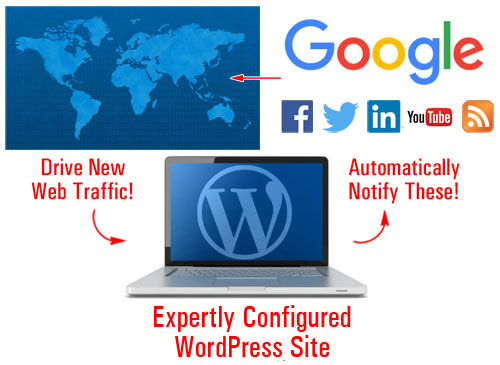
(With an expertly configured WordPress site, all you have to do is publish content on a regular basis to begin attracting traffic!)
In Part Two, we looked at critical setup decisions. We explained the best way to get started if you don’t have a web presence yet, how to set things up if you already have a website, and what to do if your existing website was built with WordPress.
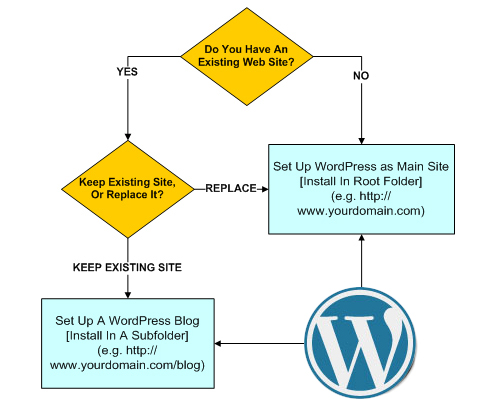
(In Part two we show you how to set up WordPress on your domain)
In this section of the series, we discuss the configuration phase of the traffic blueprint. You will learn why an expertly configured WordPress site is different than a professionally configured site. You will also discover how much work needs to be done to ensure that when everything is set up and configured, traffic will automatically start flowing as you begin to add content to your WordPress site.
WordPress Traffic Blueprint – Configuration
Being able to attract more visitors to one’s website is often cited by many website owners as their greatest challenge online. Businesses are becoming increasingly more competitive on a global scale and are exploring any advantage available to improve their results and performance online.
Having the ability to generate traffic on demand can provide website owners with a huge advantage over the competition. An expertly configured WordPress site gives your business an immediate competitive advantage from the very beginning.
The Configuration Process Is The Difference
There is a significant difference between an expertly configured WordPress site and a website that has been professionally installed and set up by an expert website builder but not necessarily configured to its fullest advantage.
Here’s a simple way to understand the differences:
With a WordPress website that has been expertly configured you get a web presence plus an automated online business marketing system!
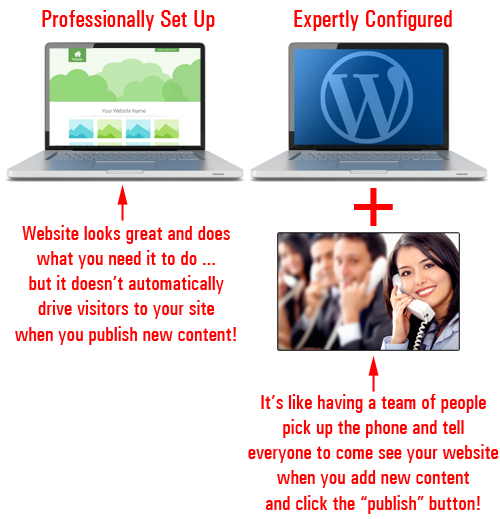
(An expertly configured website gives you a web presence with a built-in automated online business marketing tool!)
Not only does a whole lot more work go into building and integrating an automated online business marketing process into your website, it also takes a special kind of expert knowledge.
To illustrate this here’s an amusing little story.
Ludicrous Or Fair? You Decide …
Everything is going well in the gizmo-making plant when things suddenly comes to a stop.
As no one can figure out what went wrong, the manager decides to call in an expert to try and fix the problem.
Soon afterward, the expert arrives and, without saying a word, walks directly to the control box. After staring silently at the wiring diagrams for no more than 2 minutes, the expert then takes out a tiny little hammer and makes a very gentle tap about 3 cm from the top-left corner of the control unit.
Immediately, all the machinery springs back to life.
The floor manager is overjoyed as he thanks the expert, who leaves as quickly as he had arrived.
A couple of days after resolving the incident, the factory manager receives a bill for $5,000.
Bewildered to the point of feeling outrage, the manager picks up the phone and rings the expert. Why did he charge them such an exorbitant fee for less than five minutes work? He promptly requests an itemized invoice and hangs up.
The next day, an invoice statement arrives and is placed in the manager’s in-tray. Upon opening the envelope, this is what he sees:
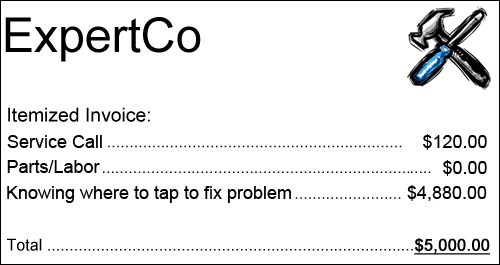
The number one challenge most businesses face online is being able to consistently drive visitors to their sites.
How much money did the widget plant stand to lose when the machines stopped working and no one on the factory floor was able to fix it? Did the expert not have the right to demand fair compensation for having spent years acquiring the knowledge, skills and expertise that enabled him to quickly repair a potentially costly problem?
Similarly, if you could have your WP web site fully set up and configured so all you ever had to do is publish content to it and Google, Facebook, Twitter, LinkedIn, YouTube and dozens of other traffic-generating online properties would be instantly notified, how much time and money would you save?
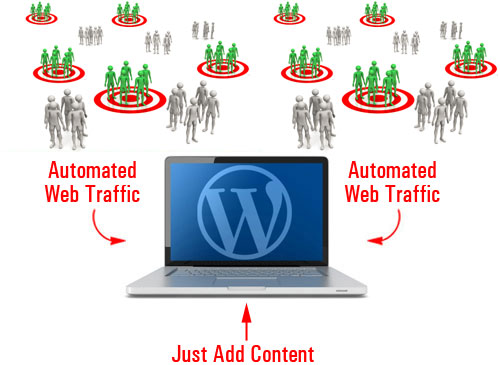
(How much time and money would you save if you could automate the process of driving traffic to your website?)
While experts often make difficult things look easy, it rarely is that simple or easy.
Knowing how to expertly configure a WordPress site involves more than adding some pages with content and configuring a few basic settings. It requires knowing where to tap! This includes knowing things like:
- Which programs you need to install for specific things to occur on your site.
- Which services you need to set up and activate to achieve certain results
- Which settings need to be configured to make sure everything will work to plan, etc.
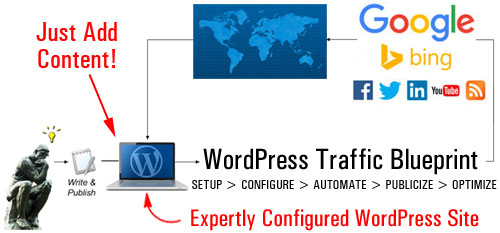
(Generating new traffic automatically with WordPress is a process that requires knowledge and expertise)
This stage of the WordPress traffic automation system is not so technically challenging, but it’s quite involved and complicated. This is because it’s not as simple as installing and configuring one or two plugins, clicking a button … it’s all of this and much more.
The configuration stage is a complex process that involves your server, your website or blog, and various external sites and/or online services …
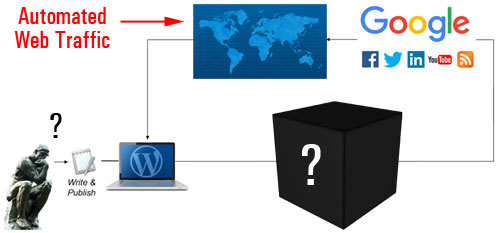
(Expertly configuring your website involves more than just configuring some settings in WordPress)
If we try to flowchart all the steps involved in the configuration process, it would look like this …
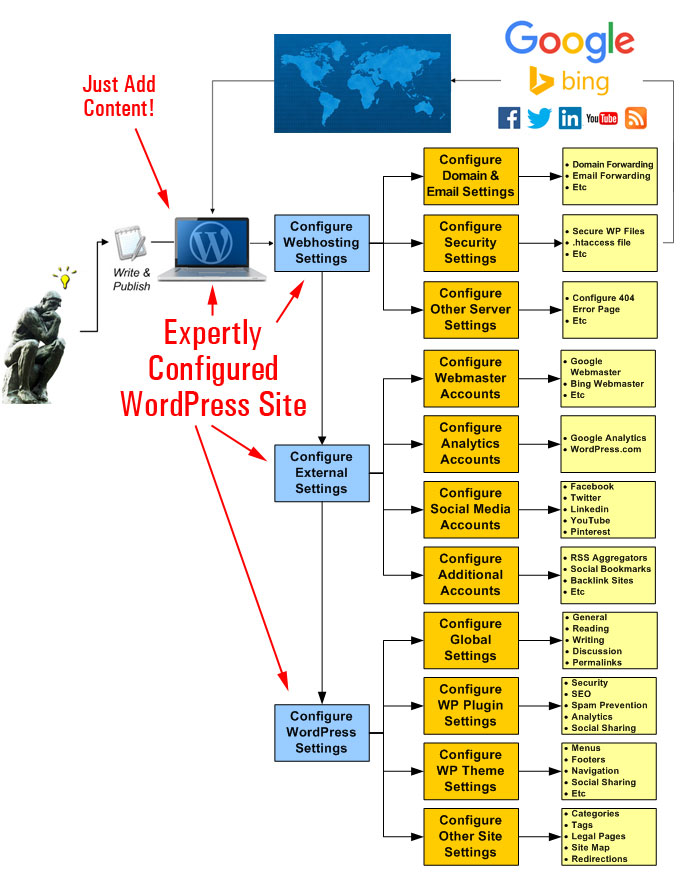
(A simplified diagram showing the activities involved in the configuration process)
Let’s take a look at what’s involved in more detail.
Configuring The Web Server
We’re not talking about the process of configuring your web-hosting account for website installation purposes (this should have been done during the Setup phase). We’re talking about tweaking settings in your web server that affect how your website will handle all web traffic …
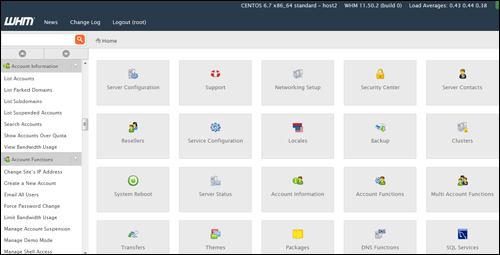
(During the configuration stage, your server settings need to be fine-tuned for handling both good and bad traffic)
Not all web traffic is beneficial traffic. Some of the web traffic your business can attract will be unwanted traffic like bot spam, security threats, brute-force bot attacks, etc.
This stage of the configuration process, therefore, requires planning for bad and good traffic and adjusting settings in your server accordingly. This can include things like spam protection and security threat prevention, to configuring your domain and email redirections, setting up htaccess redirections, etc …
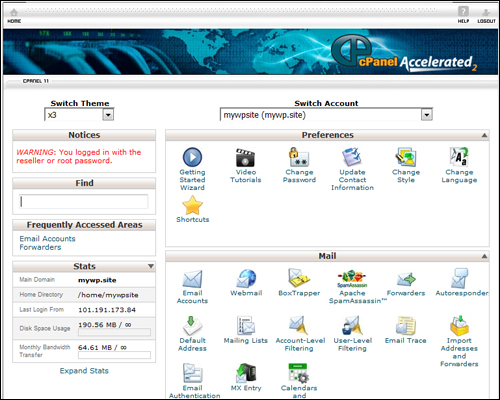
(Have you configured your webhosting settings for handling things like email forwarding, page error redirects, etc?)
After fine-tuning your server settings and configuring these, the next step is to configure various third-party sites.
3rd-Party Accounts Integration
The basic idea of choosing external sites is that all of your content is posted to one central location (your WordPress site) and from there, it gets syndicated automatically to other components of your web traffic generation system, or notify traffic-related web properties and applications.
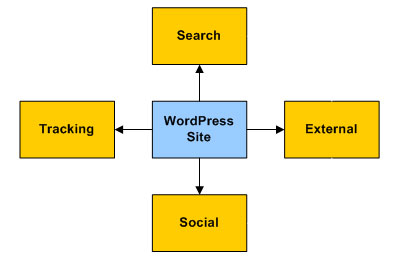
After adding these external platforms to your setup, content linking back to your website is automatically syndicated to your search, social and aggregator accounts. Your website will then be exposed to new sources of traffic and new audiences.
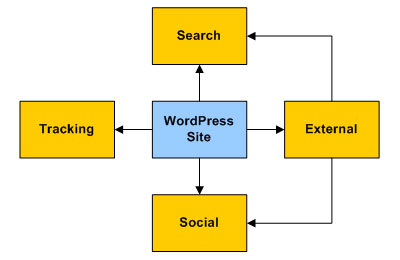
Some of these third-party sites will need to have accounts set up before configuring your WordPress site to help save time and some will need to be done later, during the automation phase.
For example, here are just some of the accounts you will need to have set up:
Google Webmaster Tools
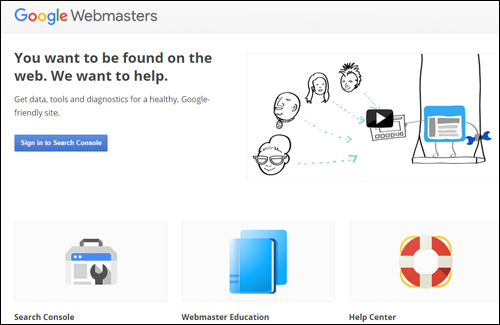
(Google Webmaster Tools – create a Google-friendly website)
Google Search Console lets you notify Google about your site’s pages, submit XML sitemaps for automatic page indexing, and provides site owners with useful information, SEO tools, and reports about their website.
After setting up your account, you can use this information to integrate and automate web traffic settings in WordPress (e.g. using plugins like Yoast SEO) and other applications.
Google Analytics
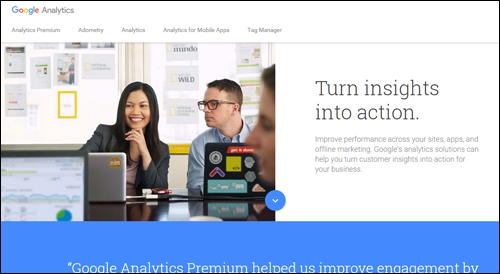
(Google Analytics)
Google Analytics lets you improve your site’s performance, SEO, user engagement, marketing campaigns, sales conversions, and more, by tracking all user behavior, pages visited, keywords searched for, search engine referrals, etc.
After setting up your account, traffic monitoring data can be easily integrated with WordPress using a plugin used with other applications.
Bing Webmaster Tools
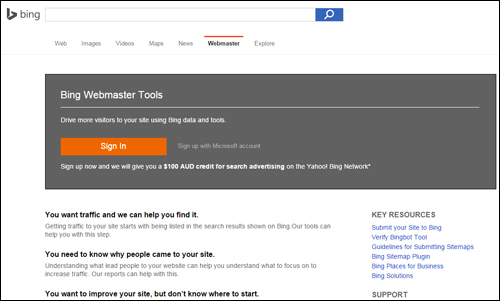
(Drive more traffic with Bing Data And Tools)
Bing Webmaster Tools is similar to Google Webmaster Tools. After setting up your account, you can use this information with traffic settings in WordPress and other applications.
WordPress.com
(WordPress.com)
As explained in Part 2, WordPress offers a hosted (WordPress.com) and a self-hosted (WordPress.org) option. We recommended choosing the self-hosted WordPress option if you plan to grow a professional online presence.
WordPress.com (the hosted option), however, provides a number of useful tools, which can be accessed by various WordPress plugins. We recommend setting up an account with WordPress.com, therefore, and we’ll show you how to integrate this into your web traffic system in Part 4 of this series.
Social Media Pages

(Syndicate your content automatically to your social media and social bookmarking accounts and attract new visitors to your site)
You will need to set up your various social accounts in order to integrate these with your traffic generation system.
After setting up and configuring everything, you will be able to syndicate your content automatically to your social media sites and drive new visitors to your site.
You should have profiles with all of the well-known social networks – Facebook, Twitter, YouTube, Pinterest, LinkedIn, etc.

There are loads of social sites you can set up and syndicate your content to. You don’t need to create accounts with all of them, just pick those that will work with your setup and/or content sharing tools (we will cover some of these tools in greater detail when we discuss the Automation phase).
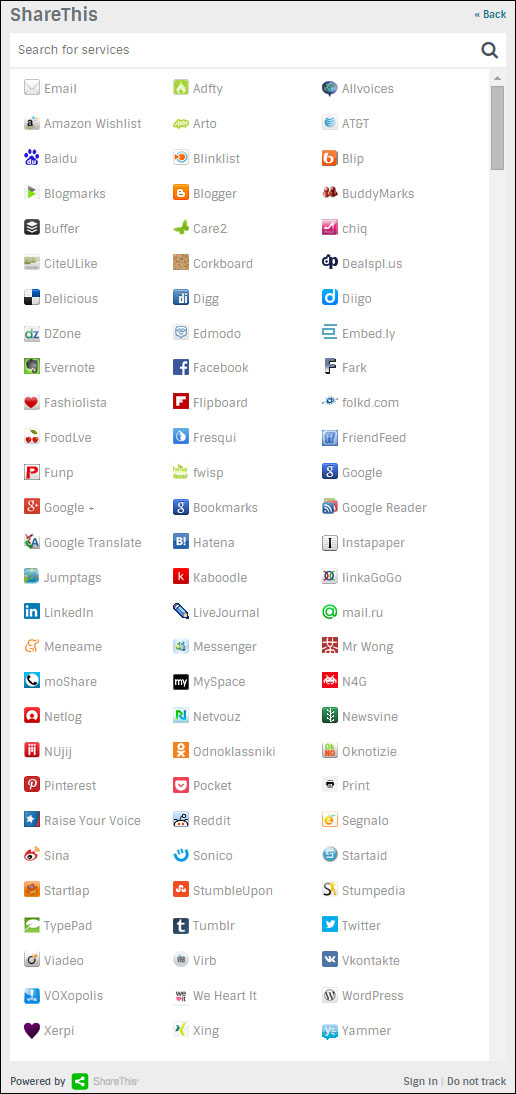
(You can syndicate your content to lots of social sites. Image source ShareThis.com)
Additional Sites, RSS Aggregators, Etc.
There are many online platforms and RSS aggregators that can serve as secondary-level sources of traffic. Some are free or provide free access levels, and some offer a range of pricing plans.
For example, here is a content aggregator site that lets you add an RSS feed from your site …
RebelMouse
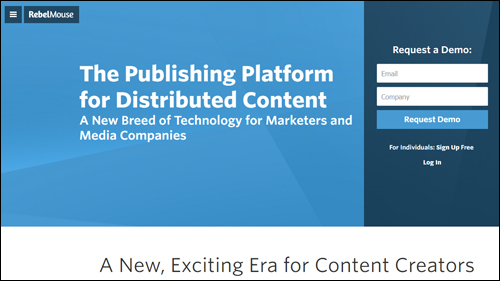
(RebelMouse – Distribute social content to social networks)
RebelMouse is a news aggregator for your social profiles and RSS feeds. Your content displays in a Pinterest-like format and users can follow your own RebelMouse website.
![]()
There are various platforms you can incorporate into your own web traffic blueprint. Please contact us if you would like to explore some of these and discuss a strategy to suit your needs.
Once you have configured your web server and set up external service accounts, it’s time to configure your site.
Configuring Your WordPress Site
The first step in configuring your WordPress site for traffic is to ensure that your global settings have been correctly set up.
Let’s go over some of the important areas.
Global Settings
By default, your WordPress dashboard area includes a Settings section that allows you to modify your site’s main settings …
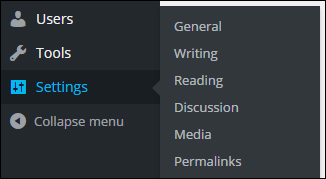
(WordPress admin menu – Settings)
General Settings
Fields like Site Title and Tagline can affect your site’s SEO, search listings, etc …
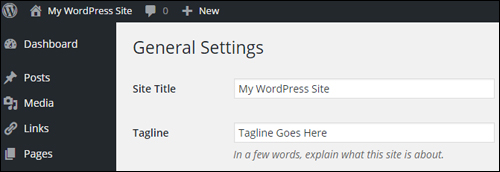
(Settings Menu – General Settings)
Writing Settings
The Writing Settings area contains one of the most powerful and often overlooked automated traffic notification systems available to WordPress site owners …
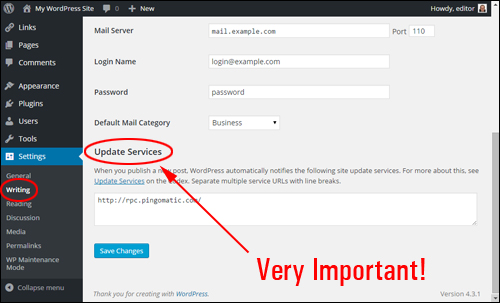
(WordPress Settings – Writing Settings Screen)
As described below the Update Services section title,
When you publish a new post, WordPress automatically notifies the following site update services …
Unless you or your webmaster have specifically configured your site settings to prevent search engines from indexing your site – see next section, then your site will automatically notify the list of update services entered into the Update Services section
By default, this section lists only one entry …
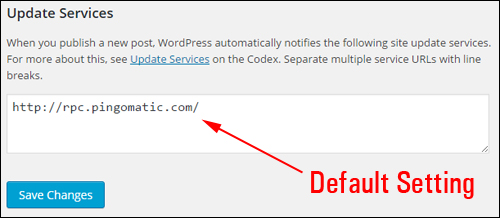
(Writing Settings – WordPress Update Services)
You can notify dozens of update services automatically with WordPress …
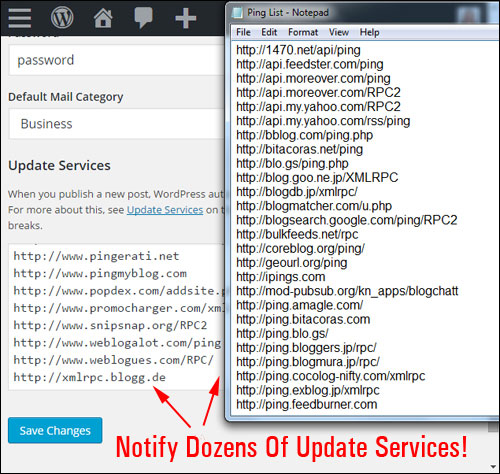
(Notify dozens of update services automatically!)
![]()
Download A Comprehensive List Of Ping Services For Your WordPress Site!
Click the link below to download a comprehensive list of reliable and authoritative ping services for your WordPress site or blog:
Download A List Of Ping Services For Your WordPress Site
***
Note: If you need help setting up the list of ping services on your site, we recommend using a professional web services provider. You can find professional WordPress service providers in our WordPress Services Directory.
Reading
This section affects how visitors will see your content when they visit your home page and blog pages.
The syndication settings in this section can have an influence web traffic. For example, choosing to display the full text vs a summary of your post, affects how your content appears in RSS feeds and RSS email campaigns, and could play a part in someone’s choice to explore your site further, and whether or not they will visit your website or blog to read the rest of the content from summaries, or read the content in full without the need to click through to your site.
As far as your traffic system is concerned, however, the main setting here is whether the Search Engine Visibility feature is ticked or not.
Normally, you would want search engines to visit your site. Leaving the box unchecked allows your site to instantly ping various update services whenever new posts get published (see Writing Settings above). Unless you have a specific reason to discourage search engines from visiting your site, do not check this box …
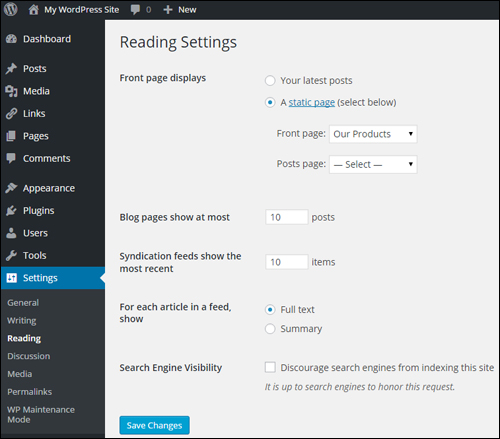
(Settings Menu – Reading Settings Section)
Discussion
Although the settings in this section are mostly concerned with how users engage with content on your site, you have the option to allow notifications to blogs linked to from your articles, and to allow link notifications from other blogs (pingbacks and trackbacks). This can work for you, but it can also drive bad traffic in the form of SPAM comments …
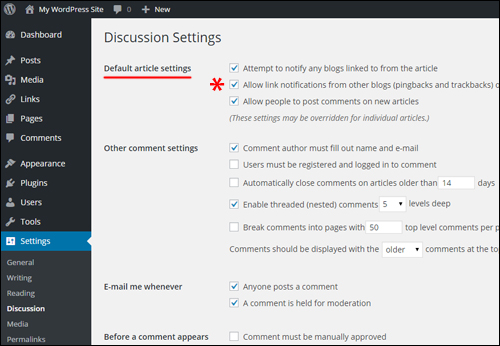
(Settings Menu – Discussion Settings Screen)
Permalinks
Your Permalink settings allow your site to publish posts with search engine-friendly URLs …
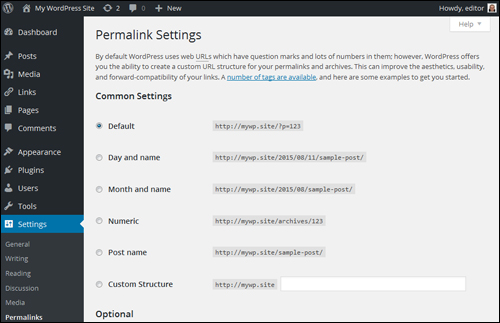
(Settings Menu – Permalinks)
Here are some of the options for configuring your site’s search-friendly URLS …
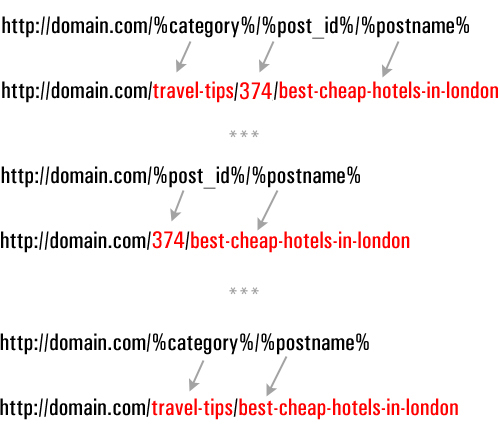
(Configuring post permalinks)
If you need help setting up permalinks in WordPress, go here: Using Permalinks To Improve Your WordPress SEO
Configuring WordPress Traffic Plugins
The WordPress developer community makes available plugins that can add just about every kind of functionality imaginable to your website, including plugins that add traffic generation capabilities.
Let’s look at examples of plugin categories and plugins that can help to attract more visitors to your site
Blog Defender
Once again, it’s important to configure your WordPress site for dealing with the effects of both good traffic and bad traffic. No blog is safe from a cyber attack.
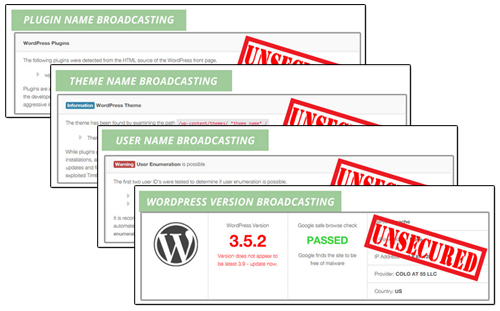 (Security Plugins help prevent bad traffic from harming your web presence)
(Security Plugins help prevent bad traffic from harming your web presence)
Security plugins like Blog Defender help to make your WordPress blog invisible to bot and hacker attacks.
More information:
WordPress SEO Plugins – Yoast SEO
WordPress SEO plugins help drive more traffic by improving your website’s SEO …

(Yoast SEO – WP Plugins For SEO)
Use a powerful plugin like Yoast SEO (formerly known as WordPress SEO by Yoast) to improve your site’s search engine optimization. When properly configured, this plugin not only makes your site easier for search engines like Google and Bing to find and index, it also lets you specify how to present your content in Google’s search results and social media sites Facebook, Twitter, and Google+.
Social Sharing Plugins
Allowing visitors to easily share your content with their social networks can help drive more traffic to your site, especially if your site provides content that adds value to readers.

(You can add social sharing buttons to your site easily with WordPress plugins)
There are many free or inexpensive social sharing plugins available for WordPress users.
Most social plugins allow you to specify which sites visitors can share your content to, embed social buttons into your content, set up default update notifications, display/hide share counters (e.g. number of followers), etc. Some social plugins even allow you to set up protected content areas on your site which users can unlock by sharing your page.
Configuring Settings – Themes
As well as configuring various plugins, many WordPress themes also include features that can help improve your site’s traffic generation capabilities.
For example, in addition to options and settings for configuring the design and layout of your site, many themes also include built-in features that let you improve SEO and site linking structure for faster indexing, add analytics, social sharing buttons, etc …
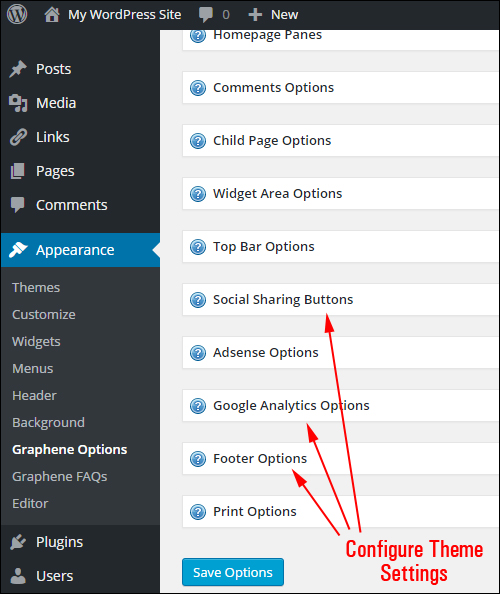
(Many themes like Graphene (a highly customizable free theme) have built-in traffic optimization features)
With many quality themes, adding social sharing buttons to your site is as easy as selecting the option to enable this functions …

(Many WordPress themes provide users with built-in social sharing features that can be easily enabled on with the click of a button)
Other Areas To Configure For Better Traffic
Last (but by no means least) in the configuration process, are the things that need to be set up outside of the global settings.
These include:
Compliance Pages
Once again, when preparing your site for a growth in traffic numbers, it’s important to plan not only how to handle good and bad traffic but also for all the situations that can damage your business when more and more people start finding and visiting your website.
If you engage in any form of commercial activity online (or plan to), you need to make sure that your site remains compliant with legal requirements of government agencies that regulate how business online is done.
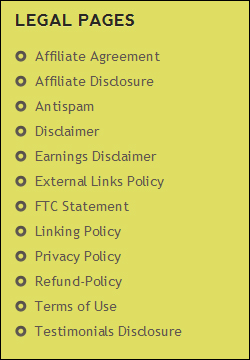 (Is Your Website Or Blog Legally Compliant?)
(Is Your Website Or Blog Legally Compliant?)
If you need help understanding the importance of having a compliant website, go here:
WordPress Post Tags & Post Categories
Tags & categories help search engines index your web pages, which helps to increase traffic.
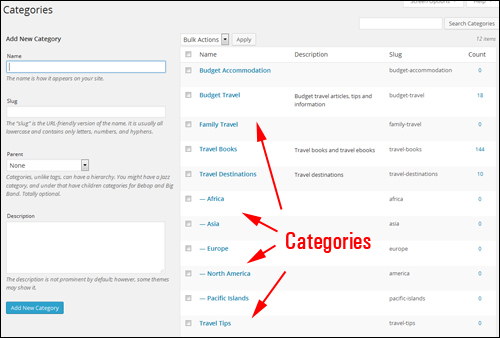
(Post categories help improve traffic by improving your site’s search engine optimization.)
As we strongly recommend in this article, your site’s post tags and post categories should be discussed and set up earlier on, during the Website Planning Phase.
When considering ways to automate and improve web traffic, you will want to review and make sure that your site’s post categories and tags have been set up correctly to deliver optimal results.
Add A Site Map To Your WordPress Site
A site map that displays all of your site’s pages and posts is not only a useful navigation tool, it can also help external sites discover more of your site’s content …
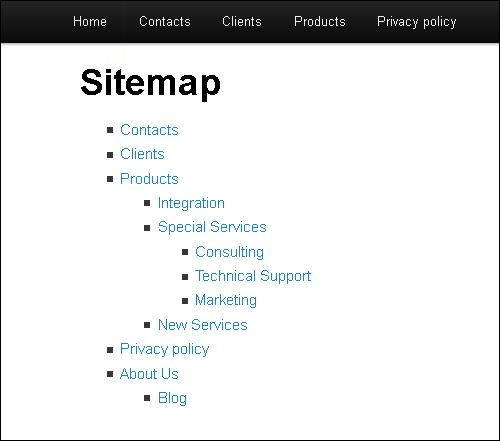
(Site Map – great for visitors and beneficial for traffic too!)
![]()
It’s important to note that an HTML site map and an XML sitemap are not the same things. HTML site maps provide visitors with a visual map of how your content is structured, while XML sitemaps contain code that only search engine bots can understand. Although Google can index your pages just from an XML sitemap (which plugins like Yoast SEO will create for you – see earlier section), making it easier for visitors to find more pages on your site results in increased traffic.
404 Page – A Source Of Lost Traffic Opportunities!
When visitors enter the wrong URL or click on hyperlinks pointing to an incorrect destination on your website, they will typically be presented with a 404 error page …
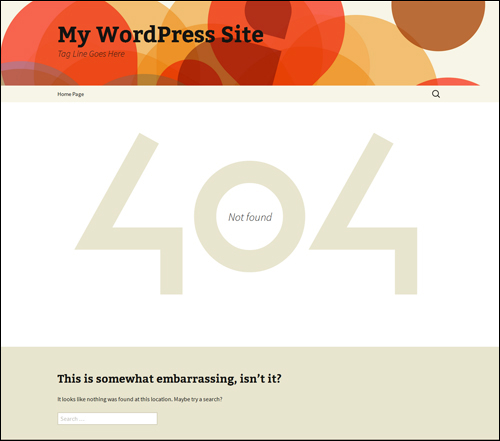
(Default WordPress 404 Page)
Configuring your 404 page allows you to redirect traffic that may otherwise be lost. …
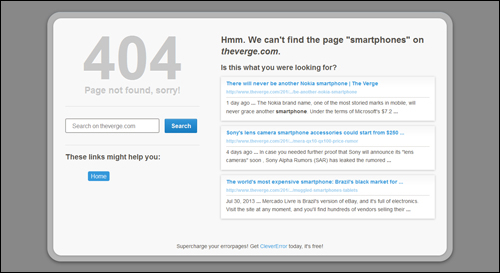
(Configuring your 404 Not Found page allows you to recover web traffic that may otherwise be lost.)
![]()
Although a 404 Not Found page can be set up on your web server, there are several plugins for WordPress that allow you to easily configure your 404 page from your WordPress dashboard.
WordPress Traffic Automation System: Configuration Stage – Summary
Once you have your WordPress site fully set up and expertly configured, all you have to do then to drive more web traffic is publish fresh content regularly.
The process of expertly configuring a WordPress site, however, is quite involved and elaborate and requires the configuration and integration of different components and external web properties …
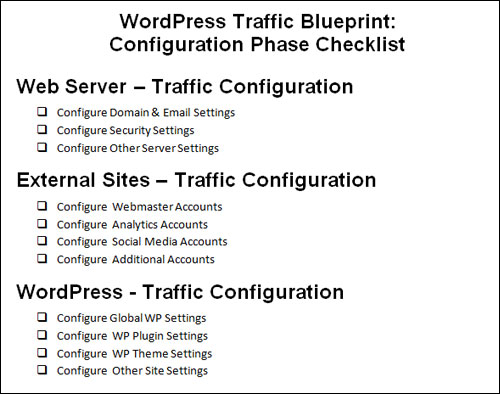
(Traffic System – Configuration Phase Checklist)
![]()
The kind of knowledge and expertise required to perform the configuration process can take some web professionals a long time to acquire.
Once you have configured your WordPress site, the next step is to automate as much of the process as can be automated. This step is explained in the next article in our WordPress Traffic Automation Blueprint series.
This is the end of Section Three
To keep reading this article, click here:

![]()
This article is part of an article series designed to help you learn how to grow your business online with a WordPress-driven website or blog and proven marketing strategies that are easy and quick to implement.
Would You Like To Get Automatically Notified When New Tutorials Get Published? Then Subscribe To WPCompendium.org!
***
"Wow! I never knew there's so much to learn about WordPress! I bought one of the WordPress for Dummies three years ago, such authors need to be on this course!" - Rich Law, Create A Blog Now
***
